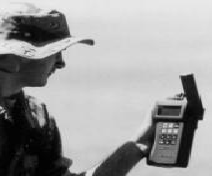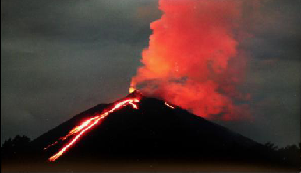Avrora
AvroraZ
AZEM
AZEM: Case Study
The scenario description:To realize our experiment, we have proposed the following scenario; We simulate 6 nodes (Node0 to Node5).
- Node0 and Node1 simulate Gateway functionalities.
- Node2 and Node3 simulate Cluster head functionalities.
- Node4 and Node5 simulate Nodes functionalities.
Node2 sends its own data and data received from Node4 to Node0 because Node2 and Node4 are in the scope of Node0. (see the topology island for detail).
Node3 sends its data and data received from Node5 to Node1 because Node3 and Node5 are in the scope of Node1. (see the topology island for detail).
When moving Node2 and Node4 (respectively Node3 and Node5) far from Node0 (respectively Node1) and when reaching the Node1 scope (respectively Node0) Node2 and Node4 (respectively Node3 and Node5) stop sending data to Node0 (respectively Node1). They start forwarding their data to Node1 (respectively Node0).
As a result, we minimize the number of lost messages during sensors mobility and we rationalize the energy consumption.





